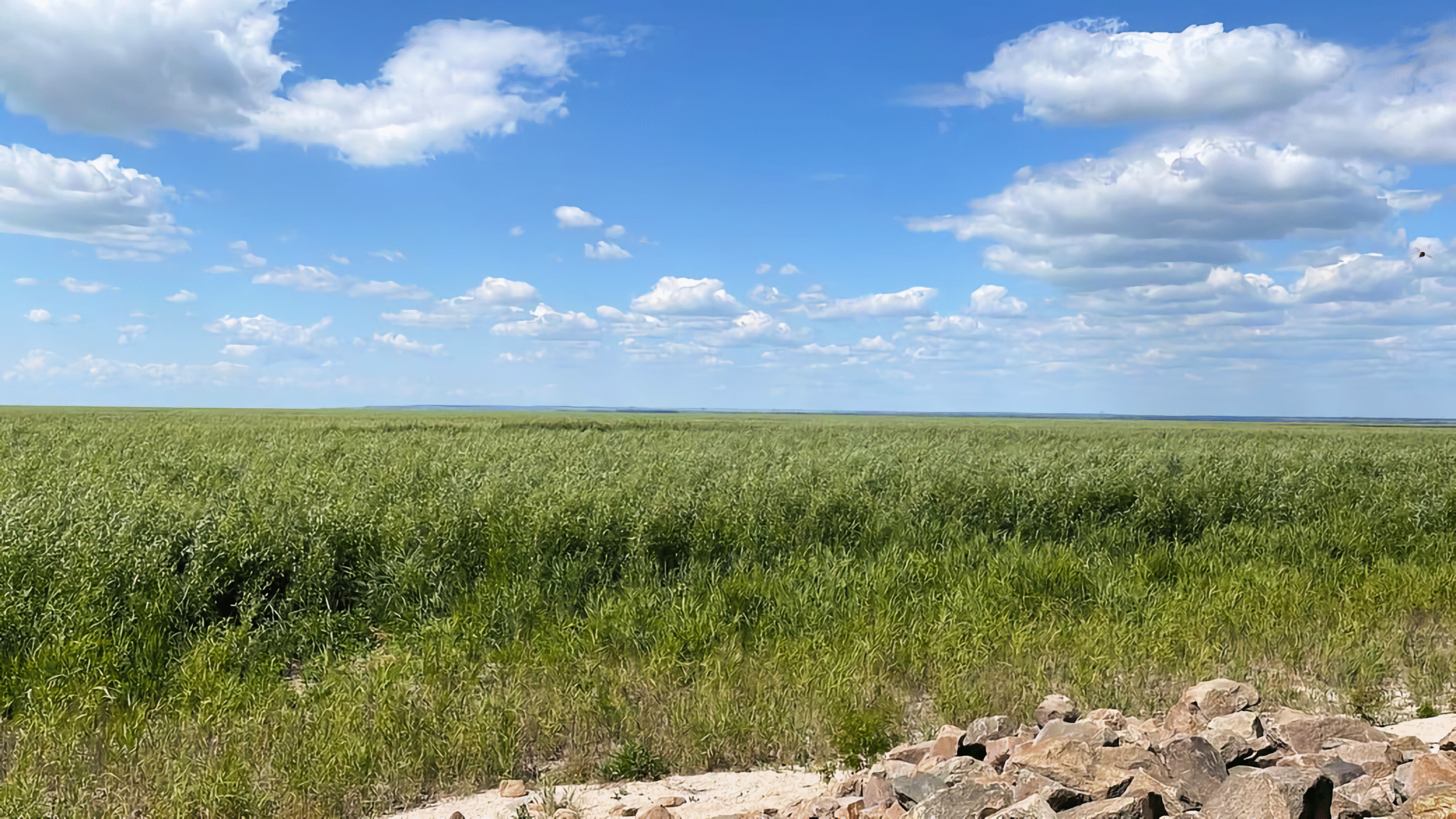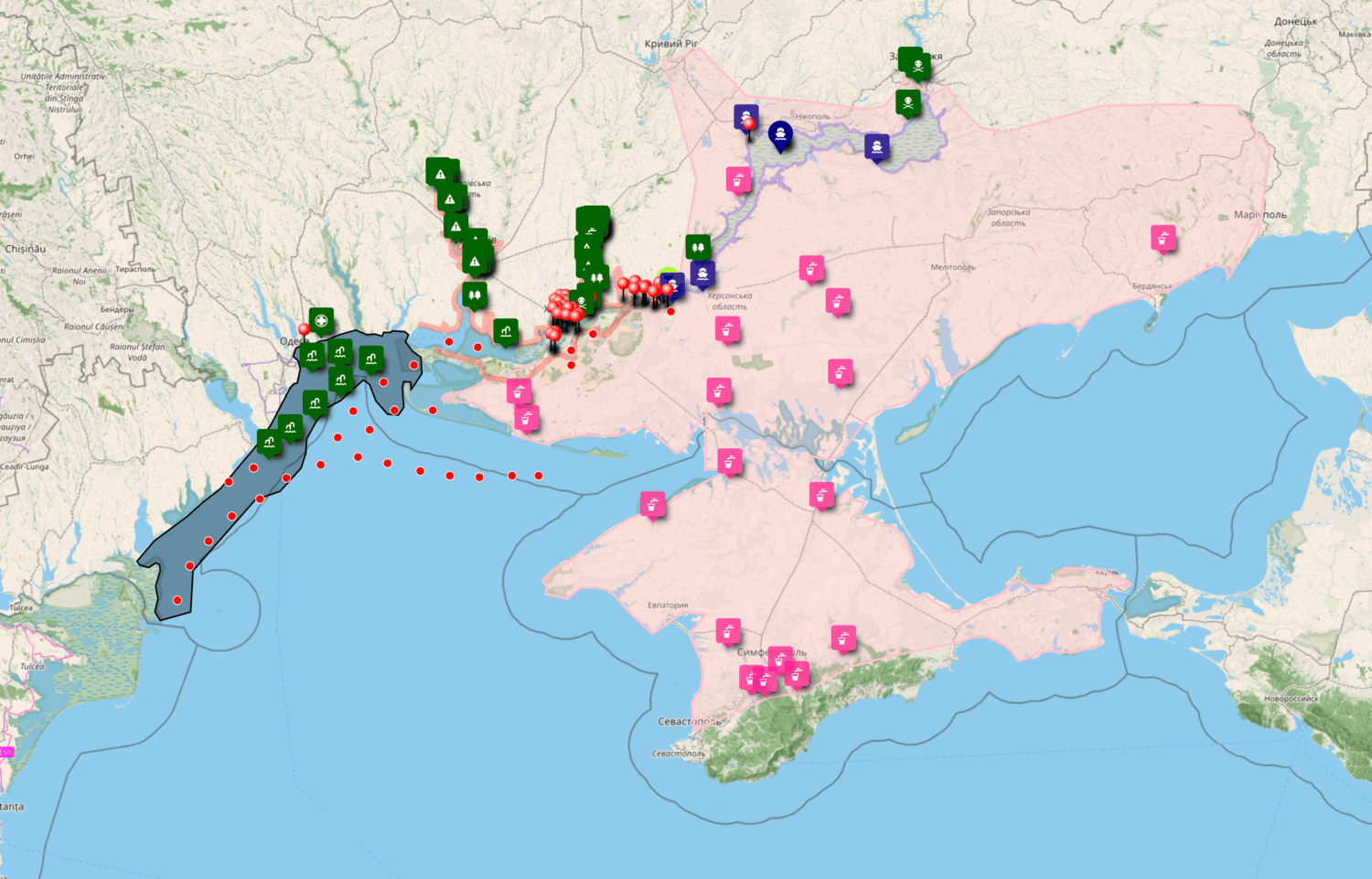The critical task of protecting and preserving Ukraine’s water resources presents significant challenges. To address these issues, the environmental community has initiated discussions on implementing effective water management across the country, with a particular focus on rehabilitating its principal waterway – the Dnipro River.
Heorhiy Veremiychyk, National Ecological Centre of Ukraine | 1 July 2025

Ukraine’s water woes
According to 2021 data from the World Meteorological Organization, the negative trend of diminishing water reserves is increasing worldwide due to both climate change and human activity. Over the past two decades, terrestrial water storage – encompassing all water on the land surface and beneath, including soil moisture, snow and ice – has dropped at an average rate of 1 centimetre per year. The situation is worsened by the fact that only 0.5 per cent of its water is usable for drinking.
Similarly, findings by Ukraine’s Accounting Chamber indicate a deterioration in the water condition of water bodies across the country. The risks of failing to meet the water resource needs of both the population and the national economy are mounting, as are the risks of inadequate preservation and replenishment of these vital resources.
This is evidenced by a 2021 Accounting Chamber report on an audit assessing the effectiveness of a proposed nationwide programme aimed at developing water management and improving the ecological condition of the Dnipro River basin.
According to this report, the World Bank then ranked Ukraine 125th out of 180 countries in terms of per capita access to drinking water, positioned between African countries such as Chad and Sudan, while the Centers for Disease Control and Prevention listed Ukraine among countries with the most dangerous and unpalatable tap water.
Similarly, Ukraine has made little headway in overcoming either the shortage or declining quality of its freshwater resources, with the WWF Water Risk Filter tool indicating that the state of freshwater ecosystem services in Ukraine had already crossed the ‘high-risk’ threshold on its way to being assigned a ‘very high risk’ status.
Regrettably, the water management programme in question, specifically designed to tackle these issues, was never implemented due to a lack of funding. Since then, Russia’s war has severely impacted the condition of the country’s water bodies.
Despite these challenges, Ukraine’s deputy health minister has re-emphasised the pressing issues related to the availability and quality of drinking water in the country, particularly in the context of Ukraine’s European integration efforts. In short, Ukraine has considerable work to do before it brings its national water standards in line with those of the EU.
What does the future hold for the Dnipro?
The National Ecological Centre of Ukraine (NECU) has raised concerns about the ongoing exploitation of the Dnipro, warning that continued misuse could lead to its complete ecological collapse. As a vital source of drinking water and a key resource for cities along its banks, the Dnipro must be protected. The NECU stresses the need to reduce the pressures placed on the river by hydropower production and navigation, and to halt the discharge of polluted wastewater into its waters.
One major issue highlighted is the massive environmental damage caused by artificial structures, especially hydroelectric power stations. Long before it was destroyed in June 2023 by Russia’s military, the Kakhovka hydropower plant had been highly problematic. Constructed in the 1950s, its reservoir flooded vast areas of natural landscape, submerging valuable ecosystems and altering the natural flow of the Dnipro.

Numerous herbaceous plants and wildlife species have returned, signalling the river’s gradual revival. Left undisturbed, this area has the potential to become the largest floodplain wetland in Europe – possibly even Ukraine’s largest biosphere reserve. Environmentalists believe that restoring the reservoir could lead to a new ecological catastrophe.
To support recovery efforts, the Odesa branch of the NECU has developed an interactive map documenting the impact of the Kakhovka explosion. This tool is expected to play a key role in planning the restoration of the affected regions.
 Plans without protections
Plans without protections
Over the past decade, the Ukrainian government has repeatedly considered the development of a continental waterway connecting Gdansk and Kherson – known as the E40 waterway. In 2015, its estimated cost exceeded EUR 2 billion, and it would be significantly higher today.
Environmentalists have long opposed the project due to its far-reaching ecological consequences. If built, the waterway would affect 193 protected areas in the Polissia region – an area roughly the size of Belgium, representing 5 per cent of Ukraine’s total territory.
Given the potential harm, there is an urgent need to restore legal safeguards. Specifically, the requirement for conducting strategic environmental assessments for recovery and regional development plans, and environmental impact assessments for individual projects, must be reinstated. These safeguards were temporarily suspended during martial law.
The EU’s guidelines for expanding the Trans-European Transport Network (TEN-T) include an indicative extension into Ukraine. The EU’s TEN-T map of inland waterways and ports shows a planned waterway route along the Dnipro and Prypiat rivers via the Kyiv reservoir.
This inclusion prompted concerns within the European Parliament, particularly regarding the Chornobyl Biosphere Reserve, part of the Emerald Network of protected sites. The European Commission has since confirmed that, as of July 2022, the indicative TEN-T map for Ukraine includes both the Dnipro and Prypiat rivers, with the inland waterway set to culminate at Chornobyl Biosphere Reserve.

Despite this proposed mapping, the Commission stated that it had not been informed of any specific Ukrainian plans for inland waterway infrastructure. It also confirmed that full compliance with Ukrainian environmental laws is required, regardless of the temporary martial law amendments.
Back in 2015, an environmental impact assessment of the E40 project was carried out in a limited format. Even then, the authors concluded that it was impossible to determine which of the proposed routes would be least harmful to the environment at that stage of planning.
Meanwhile, several Ukrainian MPs have pushed for amendments to the current environmental legislation that would permit more uncontrolled economic activities on lands classified as part of Ukraine’s Water Land. This includes significant pressure from commercial interests seeking to exploit areas like the Chornobyl exclusion zone – now undergoing ecological restoration – for economic purposes, despite its value as a unique and recovering natural reserve warranting further preservation and study.
Are development banks investing wisely?
Following the destruction of the plant, several development banks announced their intention to support the reconstruction of Ukraine’s hydropower infrastructure upstream of the site. Under an agreement signed in June 2023, the European Bank for Reconstruction and Development (EBRD) secured EUR 200 million in loans and grants for Ukrhydroenergo, Ukraine’s largest hydropower company, as part of a broader EUR 600 million support package.
Additionally, a memorandum of understanding signed in March 2024 between Ukrhydroenergo and the European Investment Bank (EIB) outlined a potential additional loan of EUR 100 million. Negotiations with the World Bank are also ongoing.
However, many argue that these funds should not be used to rebuild outdated, vulnerable hydropower systems. Instead, development banks should support modern infrastructure designed to adapt agriculture, industry, and municipal water systems to the present reality – one in which the Kakhovka reservoir no longer exists.
A positive step forward
In a welcome move, in December 2024, the Ukrainian government adopted a new version of the national transport strategy until 2030, along with an operational plan for implementation until 2027. This new strategy no longer includes the E40 Gdansk–Kherson waterway project, effectively shelving it for the foreseeable future.
While this is a significant victory for environmental advocates, further action is needed. Specifically, the Pripyat River should be removed from the list of potential E40 waterway routes. This would go a long way towards establishing the prerequisites for its protection as part of the Chornobyl Biosphere Reserve under the Emerald Network. Encouragingly, on 13 May, the Ukrainian government designated the Prypiat river mouth a wetland of international importance.
Charting a new course
Despite these challenges, prospects for the Dnipro are promising. Ukraine’s drive towards EU membership provides a strong platform for aligning its policies with European environmental legislation. A strong example of this is the introduction of river basin management planning.
However, bridging the gap between policy declarations and actual implementation will require concerted efforts, sustained commitment and, most importantly, an understanding among decision makers of the urgency and national significance of restoring the Dnipro – Ukraine’s most vital river.
Never miss an update
We expose the risks of international public finance and bring critical updates from the ground – straight to your inbox.
Institution: EU
Theme: reconstruction of Ukraine | Dnipro river
